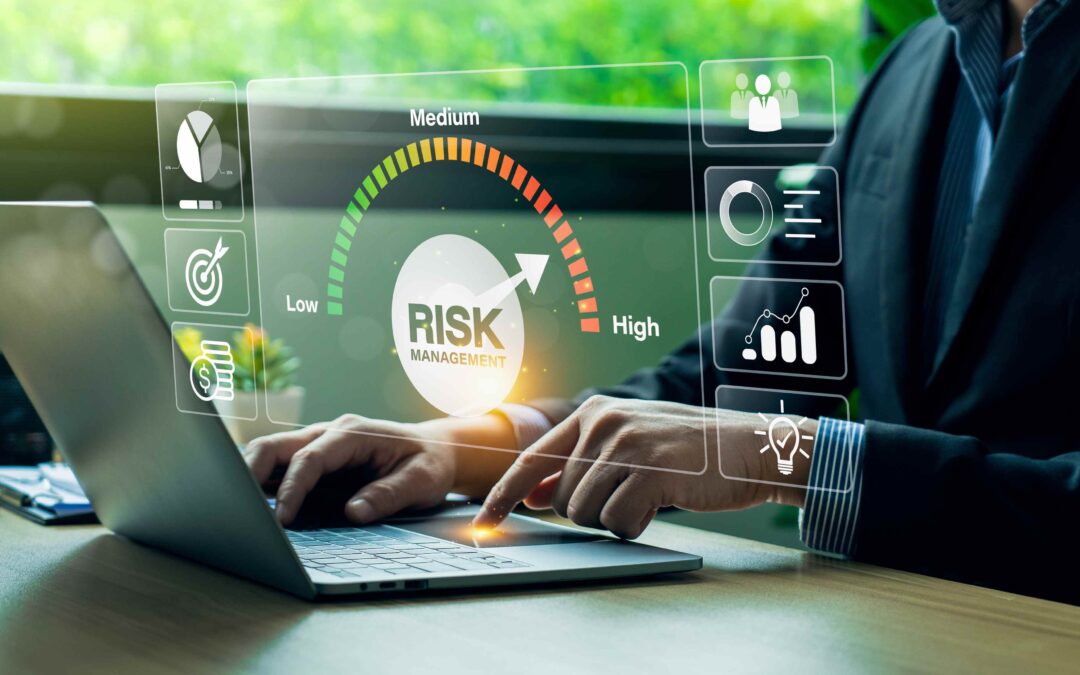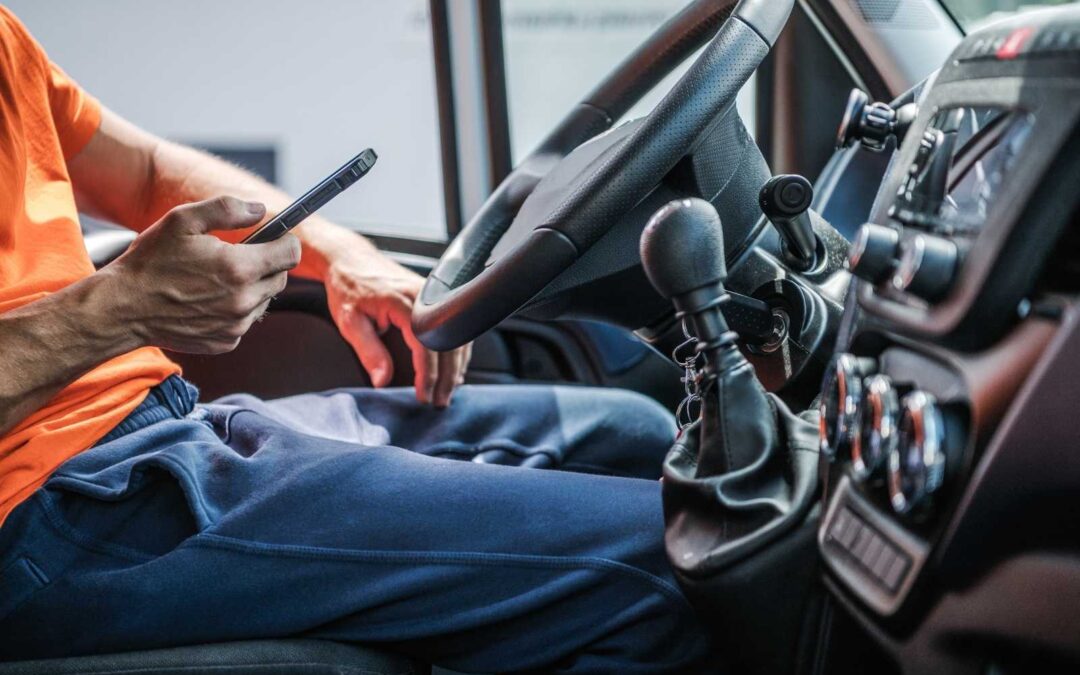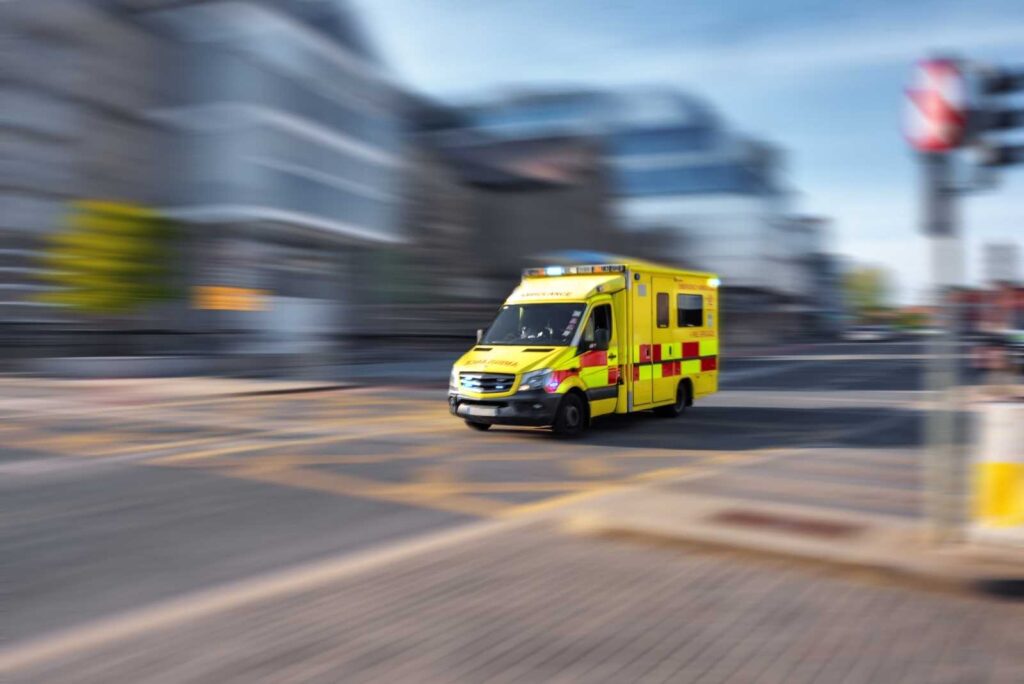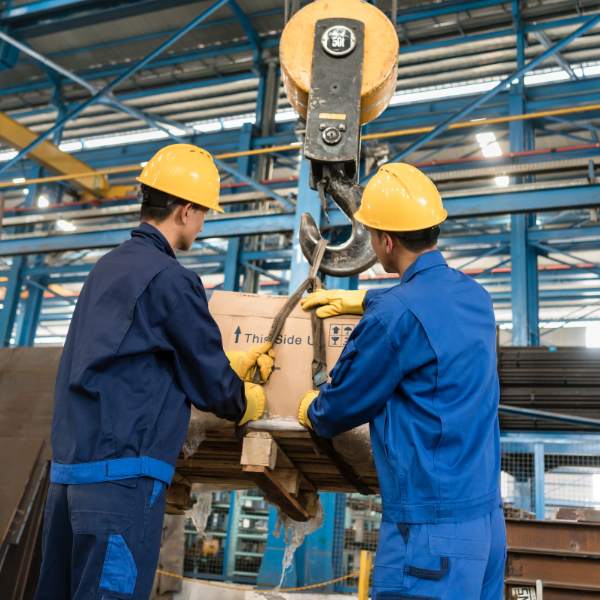National Safety Boost Irish Government Launches New Emergency System
What You Really Need to Know
Enhancing Emergency Services Response Across Ireland
In a major step forward for national safety, the Irish Government has announced the launch of a new, state-of-the-art emergency communications system designed to eliminate connectivity “black spots” in rural and remote areas. Welcomed by Minister of State Jack Chambers, this hybrid network ensures that our emergency services the Gardaí, Fire, and Ambulance services can communicate reliably, no matter where they are in the country.
While this system is a vital upgrade for our first responders, its launch sends a powerful and urgent message to every business in Ireland: if the State needs this technology to guarantee communication, what are you doing to protect your own employees when they work in these same remote areas?
The existence of these “black spots” is a critical risk that many businesses have not adequately addressed. This announcement is the perfect catalyst to review your procedures for lone workers, emergency response, and your overall legal ‘duty of care’.
What is This New System and Why is it Needed?
The new network, as detailed in the Government’s official press release, is a hybrid system. It combines the existing secure TETRA network used by our emergency services with satellite technology. In simple terms, when the land-based radio signal is unavailable in a remote valley or on a rugged coastline, the system automatically switches to a satellite link, ensuring constant connectivity.
The fact that this multi-million euro investment was necessary is a clear admission that standard mobile phone coverage is not, and cannot be, relied upon for critical communications across 100% of the country. For any business with employees working alone in these areas, this is a risk you can no longer afford to ignore.
The Real Risk Your Lone Workers are Exposed
The Health and Safety Authority (HSA) defines a lone worker as someone who works by themselves without close or direct supervision. In Ireland, this covers a huge range of roles, many of which are based in the very rural areas this new network is designed to cover:
- Agriculture and Forestry workers
- Environmental consultants and surveyors
- Utility and maintenance engineers
- Construction site managers conducting initial surveys
- Sales representatives travelling rural routes
Under the Safety, Health and Welfare at Work Act 2005, your ‘duty of care’ to these employees is exactly the same as if they were in your office. This includes ensuring they have a reliable means of communication and a clear procedure to follow in an emergency.
Relying solely on a standard mobile phone is a demonstrable failure in this duty. If a lone worker has an accident or a medical emergency in an area with no signal, the consequences can be tragic.
Rethinking Your Emergency Response Plan
This government announcement should trigger an immediate review of your own emergency preparedness. Ask yourself these critical questions:
- What is our procedure if we cannot contact a lone worker?
- What communication devices do we provide to staff entering areas with known poor mobile coverage?
- Does our emergency plan rely solely on an employee’s ability to make a phone call?
- How quickly can we pinpoint an employee’s exact location in an emergency?
Essential Components of a Modern Lone Worker System:
A “hope for the best” approach is not a safety strategy. A robust system for protecting lone workers must include:
- A Formal Risk Assessment: You must formally identify the risks of working alone, including the risk of communication failure.
- Reliable Communication Devices: For workers in remote areas, this means investing in technology that works independently of the mobile phone network, such as satellite phones or Personal Locator Beacons (PLBs).
- A Formal Check-In System: A procedure where the lone worker is required to check in at regular, pre-agreed intervals. A missed check-in must automatically trigger a pre-defined emergency escalation process.
- Robust Training: Employees must be fully trained on how to use the equipment and what to do in an emergency situation.
The ISO 45001 Framework: A System for Managing Every Risk
This is a perfect example of where a formal Occupational Health and Safety Management System like ISO 45001 demonstrates its true value. Rather than having a standalone “lone worker policy,” these risks are integrated into a comprehensive, organisation-wide safety culture.
The ‘Plan-Do-Check-Act’ cycle of ISO 45001 ensures you are prepared:
- Plan: The system requires you to identify all risks, including communication failures for remote workers, and establish clear objectives to control them.
- Do: You implement the necessary controls, such as providing satellite phones and a formal check-in procedure.
- Check: You regularly monitor the system’s effectiveness. Are devices being tested? Are check-in logs being completed correctly?
- Act: You learn from drills, audits, and near-misses to continually improve your process, ensuring it remains robust and effective.
Implementing this standard, certified in Ireland by the NSAI, is the most effective way to ensure that no risk, no matter how remote, is left to chance.
Don’t Wait for an Emergency to Test Your System
The government’s investment in this new emergency network is a clear signal that reliable communication is a matter of life and death. As a business, you have a legal and moral obligation to provide the same level of security to your own people.
If this news has highlighted potential gaps in your lone worker or emergency response procedures. Contact the expert team at Acornstar for a comprehensive review and to explore how a structured safety management system, lone working risk assessments and lone working can provide peace of mind.

The High Cost of Gravity Why HSENI is Targeting Falls in Construction and Farming
The High Cost of Gravity Why HSENI is Targeting Falls in Construction and Farming What You Really Need to Know In the high-risk industries of construction and agriculture, the most persistent and deadly hazard remains the oldest one: gravity. Despite stringent...

Safety First What the New EU Toy Safety Regulation Means for UK and Irish Businesses
Safety First What the New EU Toy Safety Regulation Means for UK and Irish Businesses What You Really Need to Know Introduction On 13 October 2025, the Council of the EU approved its position on a new Toy Safety Regulation that will replace Directive 2009/48/EC. The...

What the ISO 9001 and ISO 14001 Revisions Mean
The Future of HSEQ What the ISO 9001 and ISO 14001 Revisions Mean for UK and Irish Businesses What You Really Need to Know Introduction In the realm of Health, Safety, Environment, and Quality (HSEQ), standing still is never an option. The global standards that...

The AI Revolution in HSEQ What the EU’s “AI Factories” Mean for UK and Irish Businesses
The AI Revolution in HSEQ What the EU’s AI Factories Mean for UK and Irish Businesses What You Really Need to Know Introduction Artificial Intelligence (AI) is rapidly moving from a buzzword to an essential operational tool. A recent announcement from the European...

All-Island Alert Safety Authorities Launch Campaign Targeting Deadly Falls
All-Island Alert Safety Authorities Launch Campaign Targeting Deadly Falls What You Really Need to Know Introduction In a major cross-border initiative, the Health and Safety Authority (HSA) in Ireland and the Health and Safety Executive for Northern Ireland (HSENI)...

The Trojan Horse on Wheels Why a UK Scooter Recall is a Major Safety Warning for Irish Businesses
The Trojan Horse on Wheels. Why a UK Scooter Recall is a Major Irish Safety Warning What You Really Need to Know Lessons from a Critical Electrical Safety Failure In the world of workplace safety, the most serious threats often arrive in the most unassuming packages....

A Shock to the System Why the Anker Recall is an Urgent Electrical Safety Warning for Every Irish Business
Fire Hazard Anker Power Bank Recall is a Workplace Wake Up Call What You Really Need to Know The Shocking Truth About Power Bank Hazards In the world of tech accessories, few names are as recognised and trusted as Anker. That is why the recent major recall of their...

The Human Cost of Tech Is Your Irish Workplace Ready for the EU’s Digital Safety Focus?
What EU-OSHA's Seminar Means for Human Factors in Digital Workplaces. What You Really Need to Know Introduction On October 10th, 2025, Europe’s top safety experts will gather for a crucial online seminar hosted by the European Agency for Safety and Health at...

Beyond the Award Are You a ‘Leading Light’ in Driving for Work Safety?
Why the EPA’s 2025 Air Quality Report is a Wake-Up Call for Irish Businesses What You Really Need to Know Introduction Every year, the Road Safety Authority (RSA) shines a spotlight on the individuals, communities, and organisations making a real difference on our...
URGENT New Irish Safety Laws for Manual Handling & Work at Height Effective November 1st
Why the EPA’s 2025 Air Quality Report is a Wake-Up Call for Irish Businesses What You Really Need to Know Introduction In a significant development for workplace safety in Ireland, Minister of State Alan Dillon has signed major new regulations into law, updating the...






